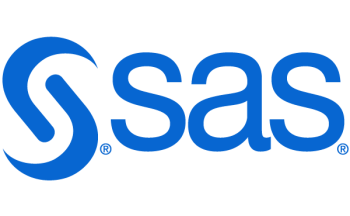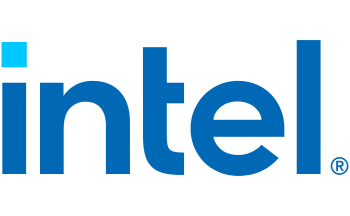SAS Content Hub
SAS Content Hub

SAS x Asia Risk Content Hub
Reports and whitepapers on topics from stress testing to data analytics
Welcome to the SAS content hub. This page hosts in-depth reports for financial institutions on topics including optimisation data analytics, making the most of stress testing, and how banks and insurance firms are responding to Covid-19 respectively.
Learn more about each report and download below.
Turning Stress Testing From Compliance Tool to Competitive Advantage
Partnering with SAS, Standard Chartered Bank built a robust stress testing platform. It started out as a tool for regulatory compliance and was expanded for assessing the effect of crisis scenarios on its future P&L and balance sheet. The bank has migrated this Scenario-Based Analytics Platform to a centralized and more powerful second generation.
Best Actions for Insurers in a Post–Covid-19 World
In the wake of the pandemic, insurers are now more than ever focused on “empathy”, going beyond their regular commitments to better cater to customer requirements, promote employee wellness, and provide support to their distribution channel partners. The industry has extended its help in multiple ways, such as launching new “need-of-the-hour” products, healthcare packages, or complementary services.
Banking on the Right Side of Recovery Post Covid-19
Banks, reeling from the impact themselves, are under immense pressure to support recovery and growth in the post–COVID-19 era. As a pillar of the economy, banks in the coming months will need to make critical decisions as they respond to this recovery and the need for incremental lending from affected sectors and the population at large.
Data and analytics: Better decisions by the numbers
Financial institutions have massive repositories of data about their customers, leading some industry watchers to suggest that these troves of information may be their most valuable raw material, and perhaps their best defence against upstart competitors. But how well are banks and credit unions using this resource?

Fighting Money Laundering with Intelligent Automation
The world of money laundering and other financial crimes – and they do span the globe – continues to reshape rapidly. The amount of money laundered is estimated at between 2 and 5 percent of global GDP. The midpoint of that range has over $3 trillion in illicit funds moving annually through the financial services industry. That’s several million dollars a minute. If the money laundering “industry” were a country, it would have the fourth or fifth largest GDP in the world.
Data Management in Action: Solving Real-World Challenges
Let’s say you’re working to improve the customer experience through a Know Your Customer initiative. Maybe you’re meeting regulatory requirements like BCBS 239 or GDPR in Europe to avoid fines. Or you might be cutting costs by removing duplicates from your monthly prospecting list.
Data Management for Analytics: Five Best Practices
We all know that good, clean water is core to life. Without it, we can only survive for around three days. So what happens if your water source is polluted? Well, unless you filter the water sufficiently, there will definitely be some negative consequences. To get better results, you could enrich the water with fluoride, filter out the arsenic, and deliver it at the right pressure and temperature.
Managing Fraud Risk in the Digital Age
In the past, consumers used cash, checks and/or credit, debit or prepaid cards to pay for their purchases. They also used money transfer services such as ACH and wire payments, which had a delay in the settlement allowing more time for investigation. Those days are becoming a distant memory as more and more consumers embrace – and expect – the speed and convenience of digital payments, either online or from mobile devices.
How AI and Machine Learning Are Redefining Anti-Money Laundering
Financial criminals are shrewd in disguising the origins of their illegal profits and getting that money into the financial system, either for personal gain or to support criminal enterprise. While most laundered money stems from drug trafficking and organized crime, the events of 9/11 also put the spotlight on covert funding for terrorist activities, which has traditionally been even more difficult to detect.

Modernize your anti-money laundering program
Currently, anti-money laundering (AML) departments at financial institutions primarily use rule-based automated transaction monitoring systems that help them detect potential illicit behavior that may be indicative or related to money laundering, terrorist financing or sanctions violation.

IIA Fighting Money Laundering with Intelligent Automation
The world of money laundering and other financial crimes – and they do span the globe – continues to reshape rapidly. The amount of money laundered is estimated at between 2 and 5 percent of global GDP. The midpoint of that range has over $3 trillion in illicit funds moving annually through the financial services industry.
Download here:
Contact us:
If you have any questions about the content available, please contact:

Partnership and registration enquiries
Stephen Body
Marketing Director, Asia-Pacific
TEL: +852 6113 1008
Produced by:
As a leader in analytics, SAS has more than 40 years of experience helping organisations solve their toughest problems. SAS' unrelenting commitment to innovation enables the financial services to modernise and sustain a competitive edge. SAS provides an integrated, enterprise-wide risk management platform for managing risk in an organisation, from strategic to reputational, operational, financial or compliance-related risk management. Learn more about how SAS is driving innovation and business value for risk and finance professionals at www.sas.com/risk.

